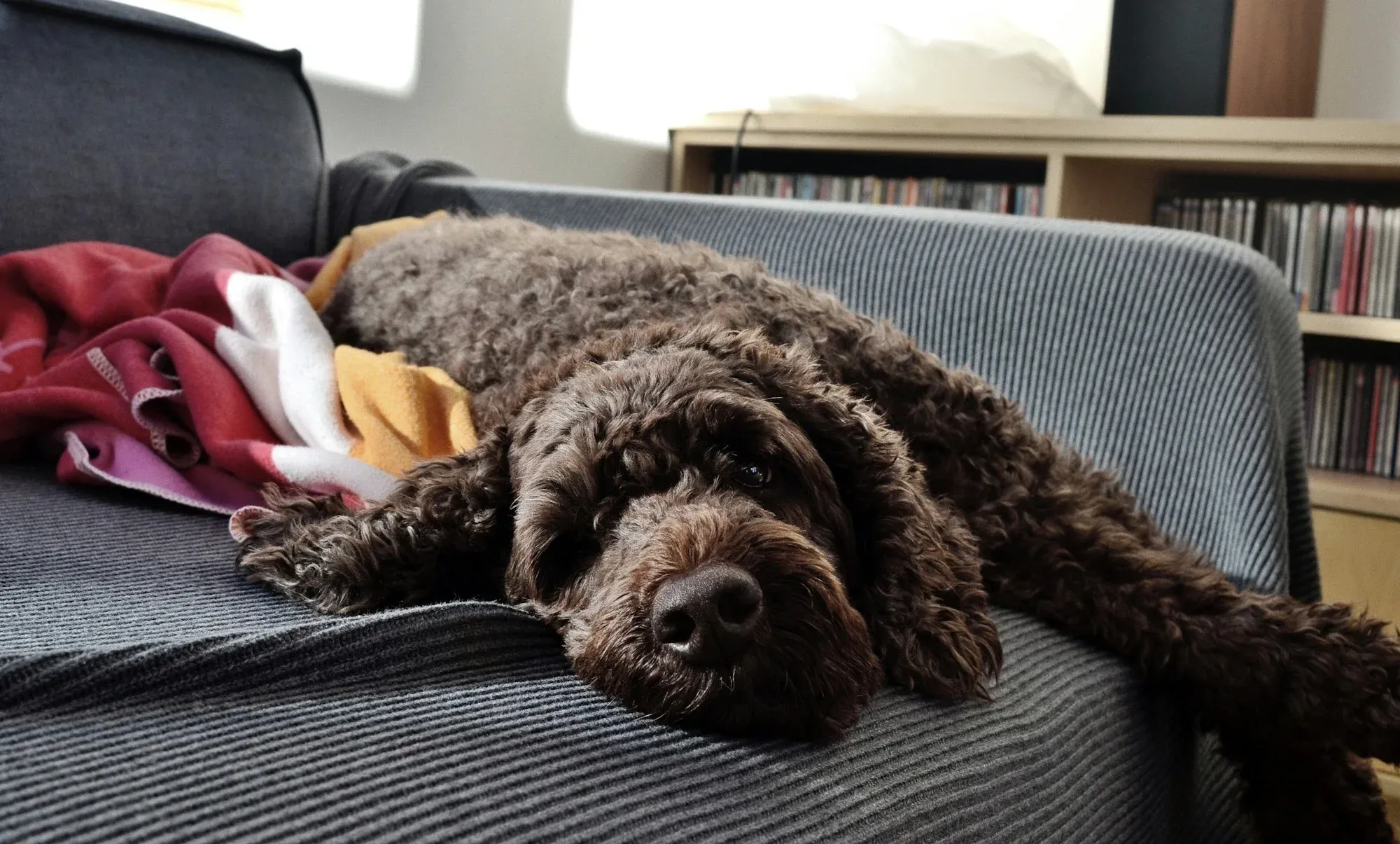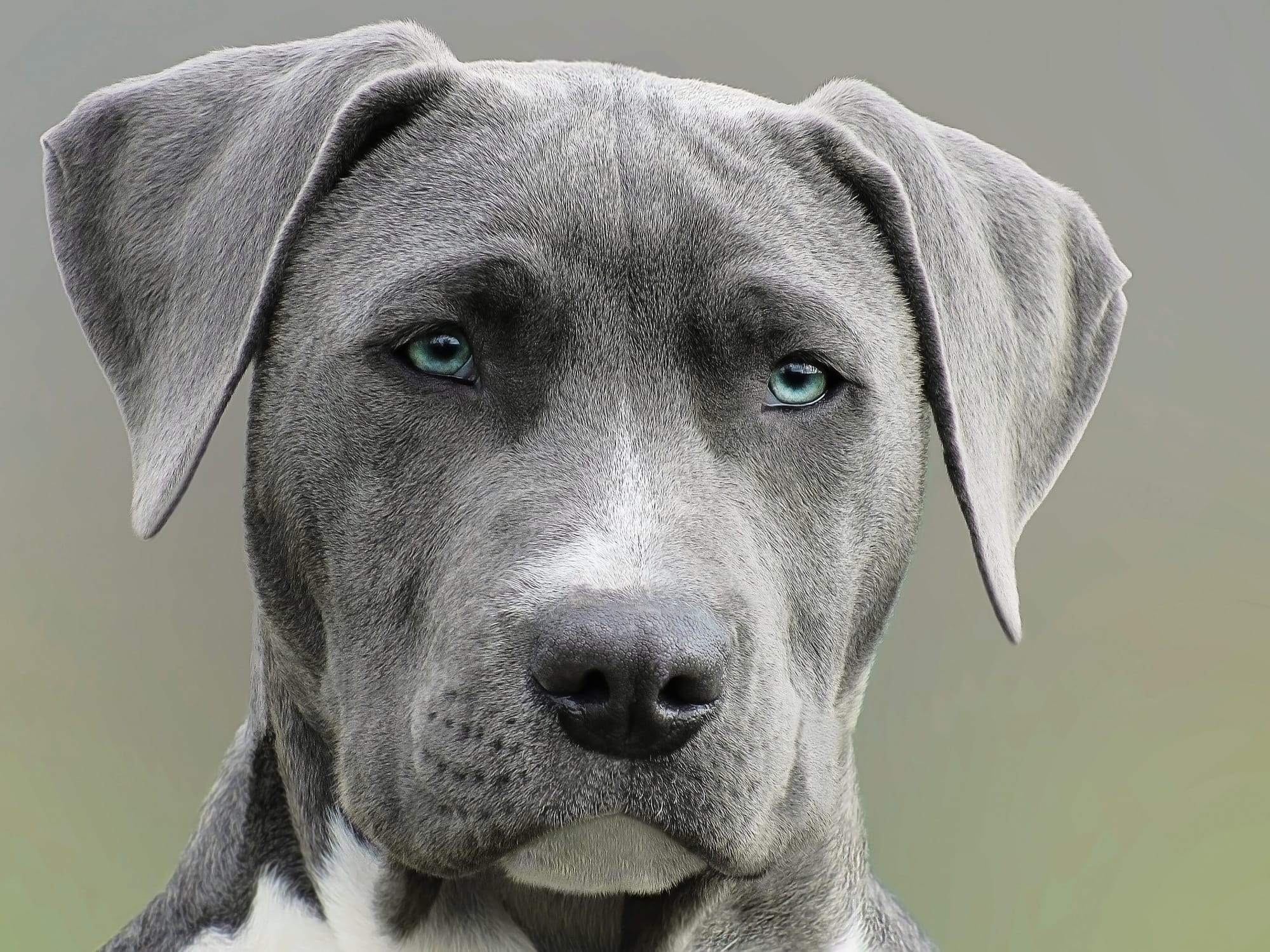The Siberian Husky is a medium-sized sled dog breed that originated in northeastern Siberia. With their thick fur coats, pointed ears, and striking blue or brown eyes, they are one of the most recognizable dog breeds in the world. Here is everything you need to know about this intelligent, athletic, and independent dog breed.
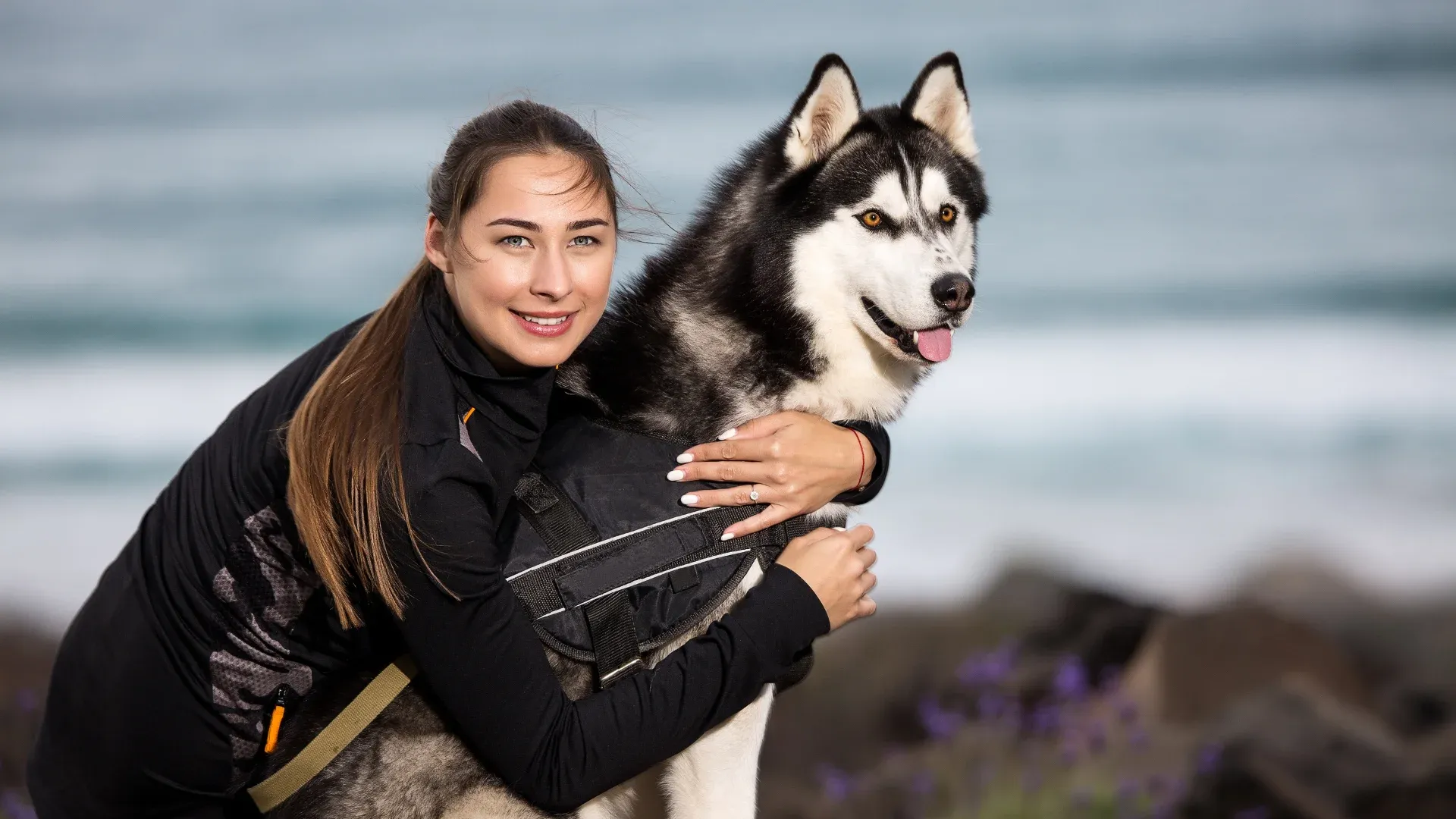
Keep Your Husky Safe with Fi and Save $20 Using Code HUSKY20
Embrace the adventure of owning a Siberian Husky without the worry! Equip your energetic friend with the Fi Dog Collar, featuring advanced GPS tracking and geofence capabilities. Use the promo code HUSKY20 to get $20 off, and manage your Husky's safety effortlessly through the Fi app. Whether it’s keeping an eye on their activity levels or ensuring they don’t stray too far from home, the Fi Dog Collar provides peace of mind. Don’t miss out—secure your Husky with Fi and enjoy stress-free outings. Learn more at TryFi.com.
History of the Siberian Husky
The Siberian Husky is a breed of dog that was originally bred and used by the Chukchi people of northeastern Siberia as a sled dog. The breed was developed to withstand the harsh, cold climate of Siberia and to work in teams to pull sleds over long distances. Siberian Huskies were used for transportation, hunting, and as working dogs, and they played an important role in the daily life of the Chukchi people.
Siberian Huskies were first introduced to the United States in the early 1900s, when a group of Siberian Huskies were brought to Alaska by a fur trader named William Goosak. The breed quickly gained popularity as a sled dog, and they were used to deliver mail and supplies to remote areas of Alaska during the winter months.

Siberian Huskies are known for their high energy and stamina, which makes them well-suited for activities such as sledding and dog sled racing. They are intelligent and athletic dogs that excel in these types of activities, and they are able to work in teams to pull sleds over long distances.
In addition to their physical abilities, Siberian Huskies are also known for their friendly and outgoing personalities, which makes them well-suited for working in teams. They are able to get along well with other dogs and humans, and they are known for their strong bonds with their handlers.
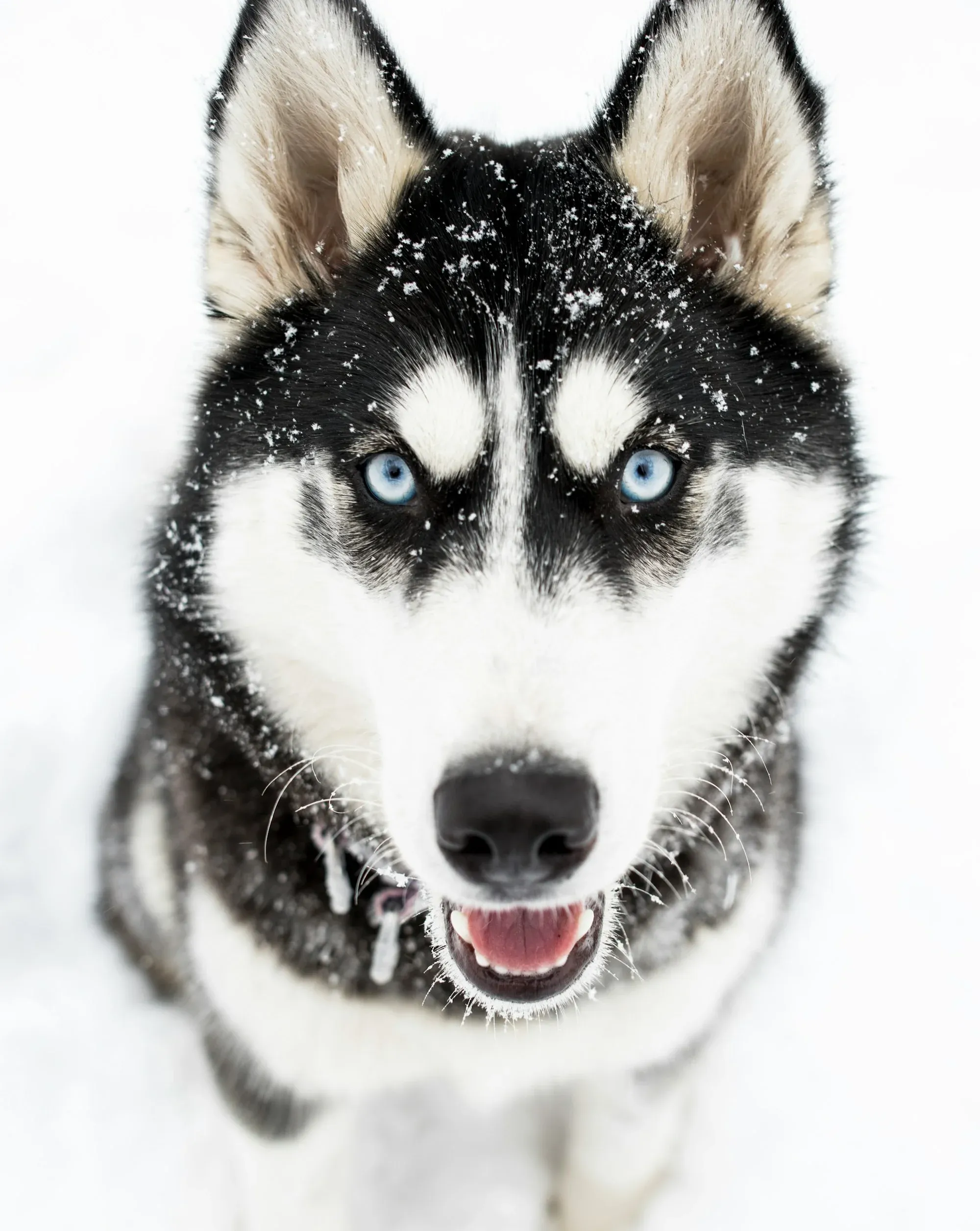
Appearance of the Siberian Husky
Siberian Huskies are a medium-sized dog breed that typically weighs between 35-60 pounds and stands around 20-24 inches tall at the shoulder. They have a thick double coat that keeps them warm in cold weather.
Siberian Husky Colors
- White: a pure white coat that is often seen in the breed. It may have some slight variations in color, such as cream or off-white.
- Black: a solid black coat that is relatively common in the breed. Some black-coated Huskies may have small amounts of white on their chest or feet.
- Gray: a range of shades from light silver to dark charcoal. Some gray-coated Huskies may have a slight reddish tint to their coat.
- Red: a reddish-brown coat that can vary in shade from light to dark. This color may also be referred to as "copper."
- Agouti: a mix of colors that gives the coat a "wild" appearance. This type of coat has individual hairs that are banded with multiple colors, giving it a unique look.
- Sable: a color that ranges from light tan to dark brown. Sable-coated Huskies have individual hairs that are banded with different shades of the same color, giving the coat a shimmery appearance.
Temperament of the Siberian Husky
Siberian Huskies are known for their friendly and outgoing personalities, making them a popular choice for families with children. They are also intelligent and independent, which can make them challenging to train, but with patience and consistency, they can learn a variety of commands and tricks. Due to their history as sled dogs, they also have a high energy level and need plenty of exercise to stay healthy and happy.
Huskies are not typically considered good guard dogs. While they may have an intimidating appearance and can be vocal, they are generally friendly and outgoing with people, including strangers. They also lack the territorial instincts and protective nature that are often found in breeds that are commonly used for guarding, such as German Shepherds or Rottweilers.
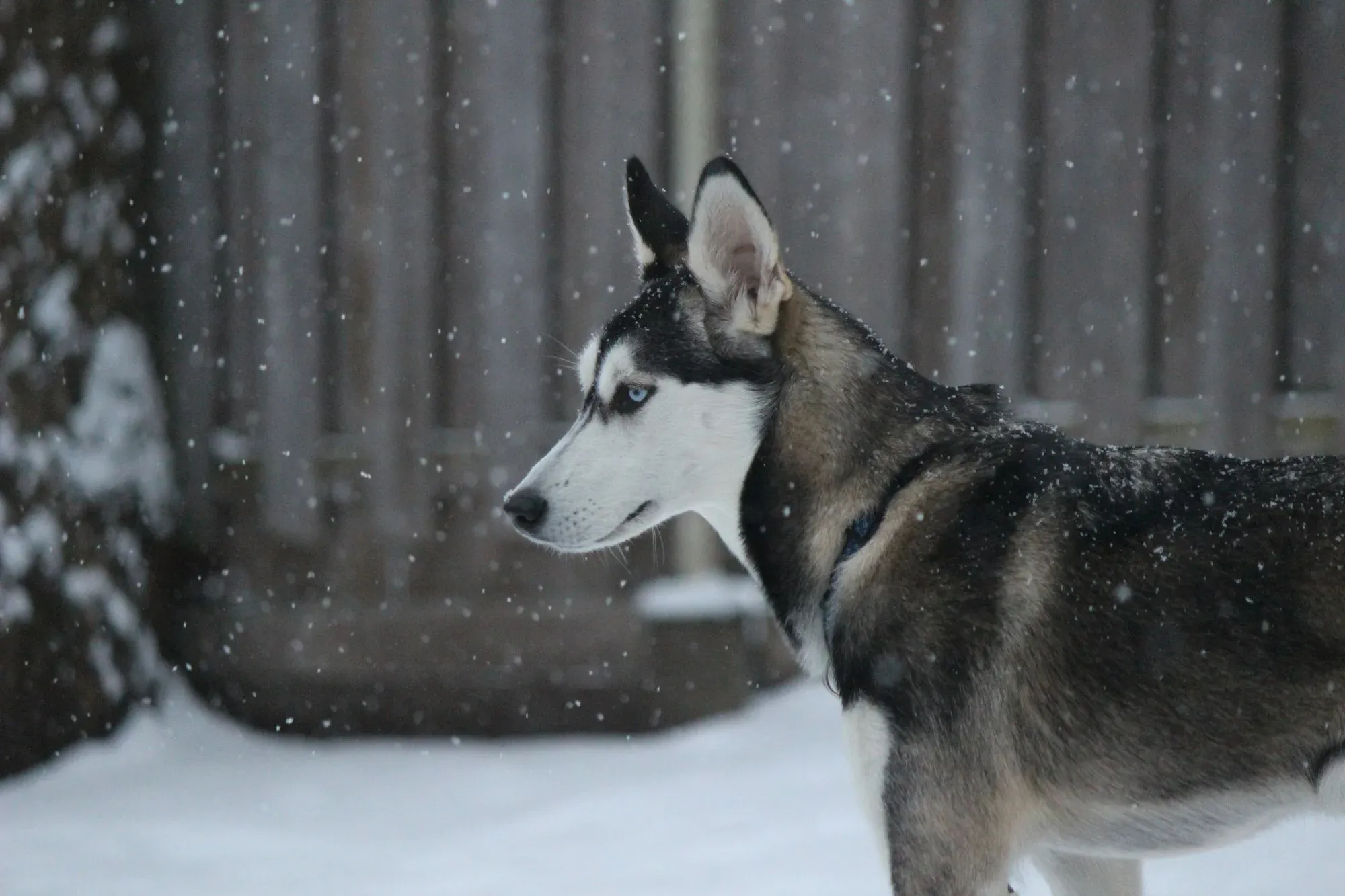
Care of the Siberian Husky
Siberian Huskies require regular grooming to keep their thick coats in good condition. They shed heavily twice a year, which can be a challenge for owners who don't want to spend a lot of time cleaning up after their dog. They also need plenty of exercise, both physical and mental, to stay healthy and prevent destructive behaviors.
Huskies are a strong and energetic breed, and they can easily slip out of collars that are too loose or not secure enough. It's also important to choose a collar that is comfortable and doesn't cause irritation or chafing on their skin. Some owners prefer to use a harness instead of a collar, as a harness can provide better control and reduce the risk of neck injury.
When choosing a collar or harness for your Husky, look for a high-quality, well-made product that is appropriate for their size and needs. It's also important to supervise your Husky when they are wearing a collar or harness to ensure that it fits properly and is not causing any discomfort or injury.
Health Issues
Siberian Huskies are generally a healthy breed, but like all dogs, they can be prone to certain health issues. Here are some of the most common health issues seen in Huskies:
- Hip dysplasia: This is a genetic condition that affects the hip joint and can cause pain, lameness, and arthritis. Huskies can be prone to hip dysplasia, so it's important to buy from a reputable breeder who screens their breeding dogs for the condition.
- Eye disorders: Siberian Huskies can be prone to certain eye disorders, including cataracts, corneal dystrophy, and progressive retinal atrophy. Regular veterinary checkups and screening for these conditions can help prevent or manage them.
- Skin conditions: Huskies can be prone to skin conditions like allergies, dermatitis, and hot spots. These conditions can be caused by environmental or food allergies, and may require treatment with medication or dietary changes.
- Hypothyroidism: This is a condition where the thyroid gland doesn't produce enough thyroid hormone. Huskies can be prone to hypothyroidism, which can cause weight gain, lethargy, and other symptoms.
- Gastric torsion: Also known as bloat, this is a life-threatening condition where the stomach fills with gas and twists on itself. Huskies, like many deep-chested breeds, can be prone to bloat, so it's important to feed them smaller, more frequent meals and avoid exercising them immediately after eating. If you notice your Husky is not eating, you should contact your vet.
Regular veterinary checkups and a healthy diet and exercise routine can help prevent or manage these and other health issues in Huskies. It's important to work with a reputable breeder who screens their breeding dogs for genetic conditions, and to be aware of the potential health risks associated with the breed.
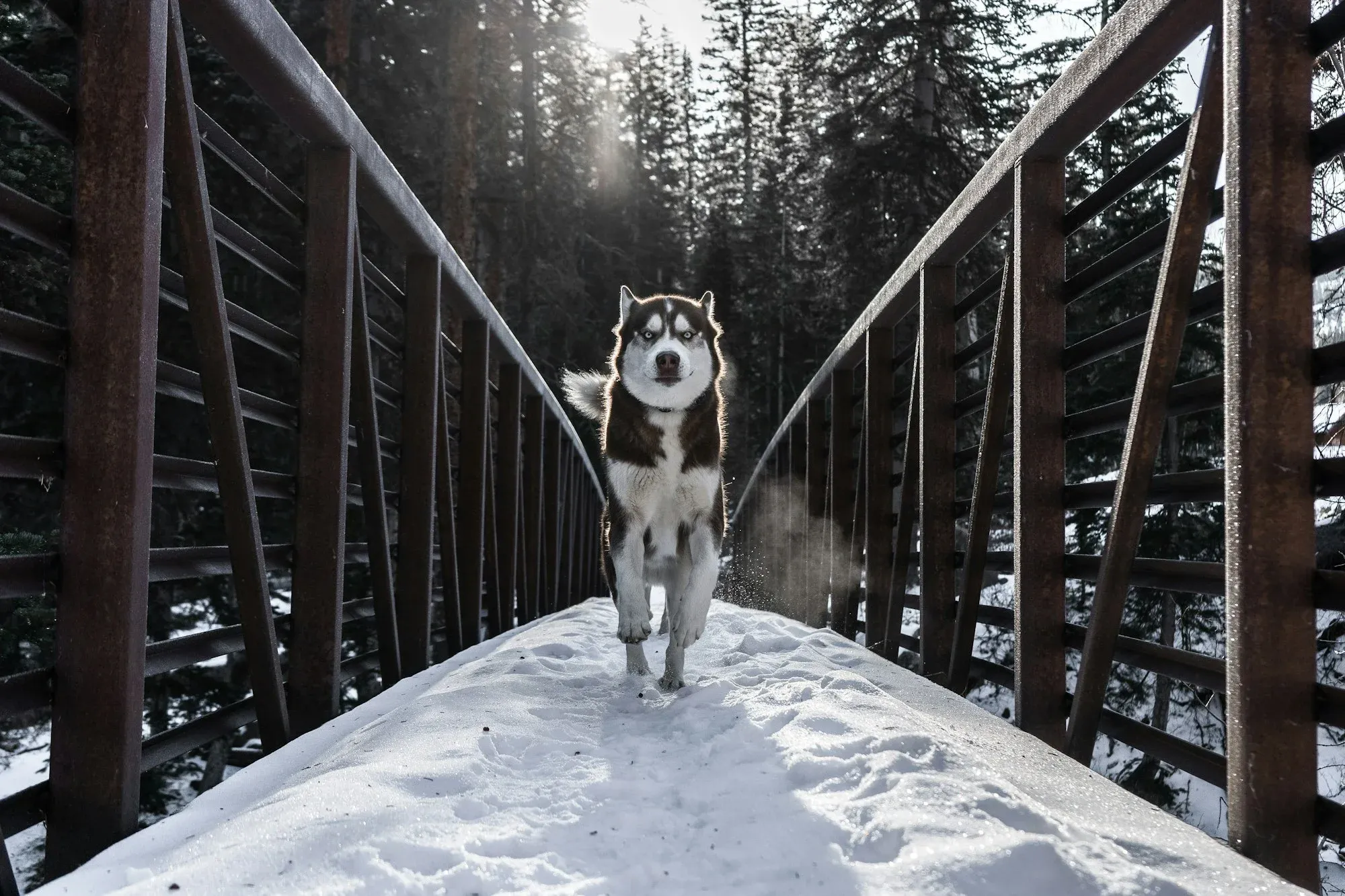
Exercise Needs of the Siberian Husky
Huskies are a highly energetic breed that requires plenty of exercise to stay healthy and happy. They were originally bred to work as sled dogs, so they have a lot of stamina and endurance. Some types of exercise that Huskies typically enjoy include running, jogging, hiking, agility training, and biking. They love to run, explore, and take on mental and physical challenges.
While Huskies may enjoy swimming, it's not always a natural activity for them. Some Huskies may be hesitant to get into the water or may not enjoy it, while others may love to swim. It's important to introduce your Husky to water slowly and ensure that they are comfortable and safe before allowing them to swim. Additionally, due to their thick double coat, it's important to take extra care to dry them off and regulate their body temperature after swimming.
Huskies are an athletic and agile breed, and many of them enjoy jumping. They have strong hind legs and can jump high, which can be seen in activities like agility training. Some Huskies may even jump over fences or other obstacles in their yard if they are feeling particularly energetic or bored. In some cases, a Husky may vocalize their frustration or discomfort with a howl or bark, which could be mistaken for a tantrum.
Breed Standards
According to the American Kennel Club (AKC) breed standards for the Siberian Husky, the breed should have a "well balanced, medium-sized body" with a "deep chest and well-muscled quarters." The head should be "well proportioned" with a "strong, arched skull" and "alert, triangular ears." The coat should be "thick, soft, and dense" and may be any color or combination of colors.
In terms of temperament, the AKC breed standards state that the Siberian Husky should be "alert, eager, and outgoing," and should have a "friendly, outgoing personality." They should not show any signs of aggression, which is uncommon for most Huskies anyways. They should be intelligent and capable of learning quickly, and they should be able to work in teams and work well with humans.

Husky Puppies
Husky puppies are adorable and highly energetic. Like all puppies, they require plenty of attention and training to become well-behaved adults. Husky puppies grow rapidly in their first few months of life and can reach their full adult size by the time they are 8 to 12 months old.
On average, a fully grown Siberian Husky stands between 20-24 inches at the shoulder and weighs between 35-60 pounds. Of course, they can be smaller. While they may reach their full height and weight by the time they are a year old, they will continue to fill out and gain muscle until they are around two years old. During this time, it's important to feed them a healthy diet and provide them with plenty of exercise to help support their growth and development.
How Vocal Are Huskies?
Huskies are known to be vocal dogs, but whether they make a lot of noise or not depends on their individual personality and training. Some Huskies may be quiet and rarely bark, while others may be more vocal and prone to howling, whining, or barking. Huskies were originally bred as sled dogs and would often communicate with their handlers and other dogs through vocalizations, so it is not uncommon for them to be more vocal than other dog breeds.
However, with proper training and socialization, you can teach your Husky to bark less and communicate in other ways. It's important to note that excessive barking or howling may be a sign of anxiety, boredom, or other underlying issues, so it's important to address any behavior issues early on and work with a professional trainer or behaviorist if necessary.

Siberian Husky vs. Alaskan Malamute
The Siberian Husky and the Alaskan Malamute are both breeds of dog that were originally bred as sled dogs and are known for their thick, fluffy coats and athletic abilities. However, there are several key differences between these two breeds.
One of the main differences between the Siberian Husky and the Alaskan Malamute is their size. The Siberian Husky is a medium-sized breed that typically weighs between 35 and 60 pounds and stands 20 to 24 inches tall at the shoulder, while the Alaskan Malamute is a larger breed that typically weighs between 75 and 95 pounds and stands 23 to 25 inches tall at the shoulder.
Another difference between these two breeds is their coat color. The Siberian Husky can have a coat that is any color or combination of colors, including black, white, red, gray, and various shades of these colors. The Alaskan Malamute, on the other hand, typically has a coat that is gray and white or black and white in color.
In terms of temperament, the Siberian Husky is known for being intelligent, energetic, and outgoing, while the Alaskan Malamute is known for being strong-willed, independent, and dignified. Both breeds are known for their high energy and stamina, but the Alaskan Malamute tends to be more laid-back and less energetic than the Siberian Husky.
Final Thoughts
In conclusion, the Siberian Husky is an intelligent, athletic, and independent dog breed with a friendly and outgoing personality. They make great pets for active families who are willing to provide them with plenty of exercise and grooming. With proper care, they can be a loyal and loving companion for many years.
Get more expert advice on pet-parenting by visiting the Off Leash blog at TryFi.com.
TryFi's The Fi Dog Collar is a must-have for any pet parent, it's a GPS tracking collar that helps you keep tabs on your dog's location, activity, and sleep patterns, and alerts you if they escape your backyard. Try the Fi Dog Collar today!
